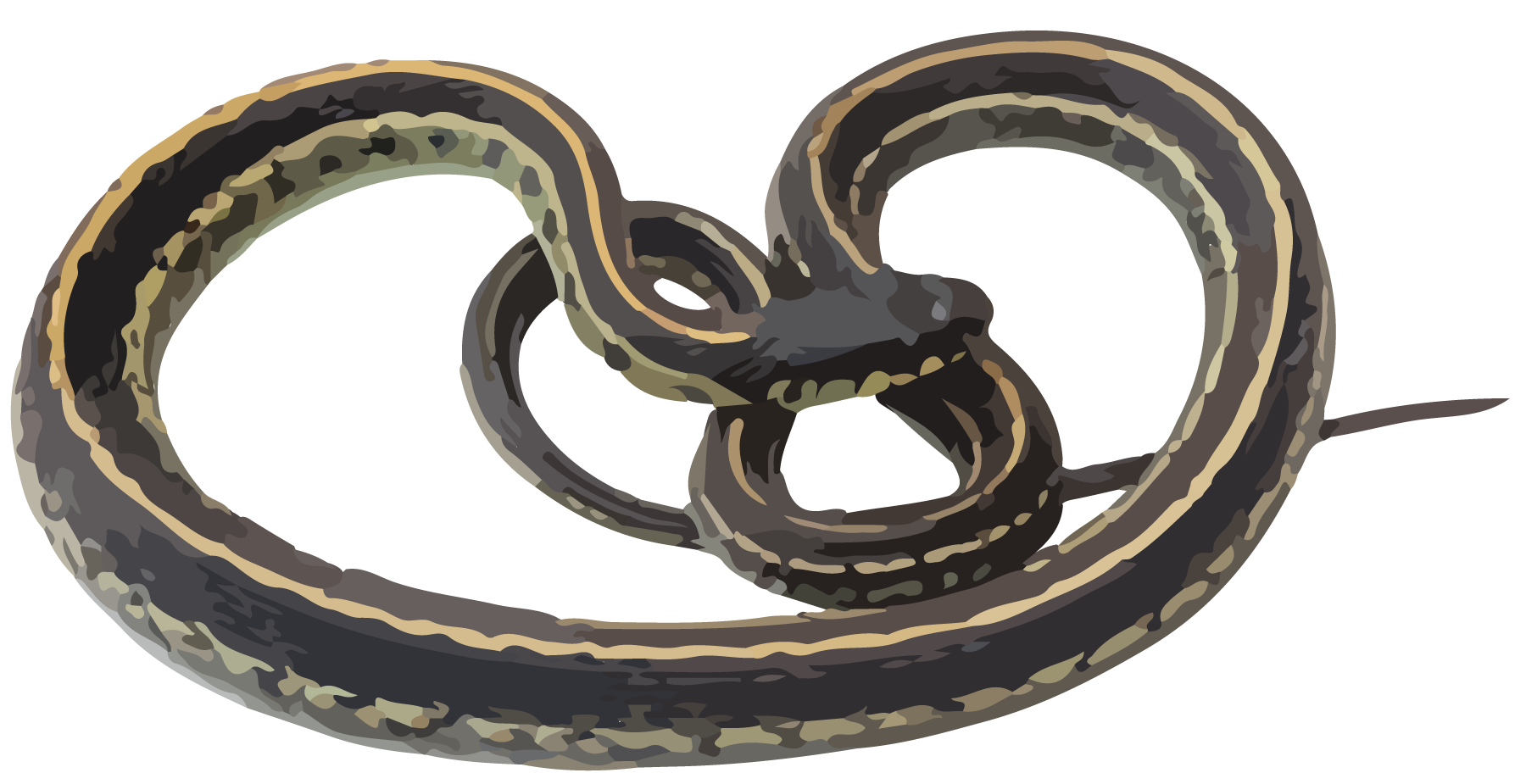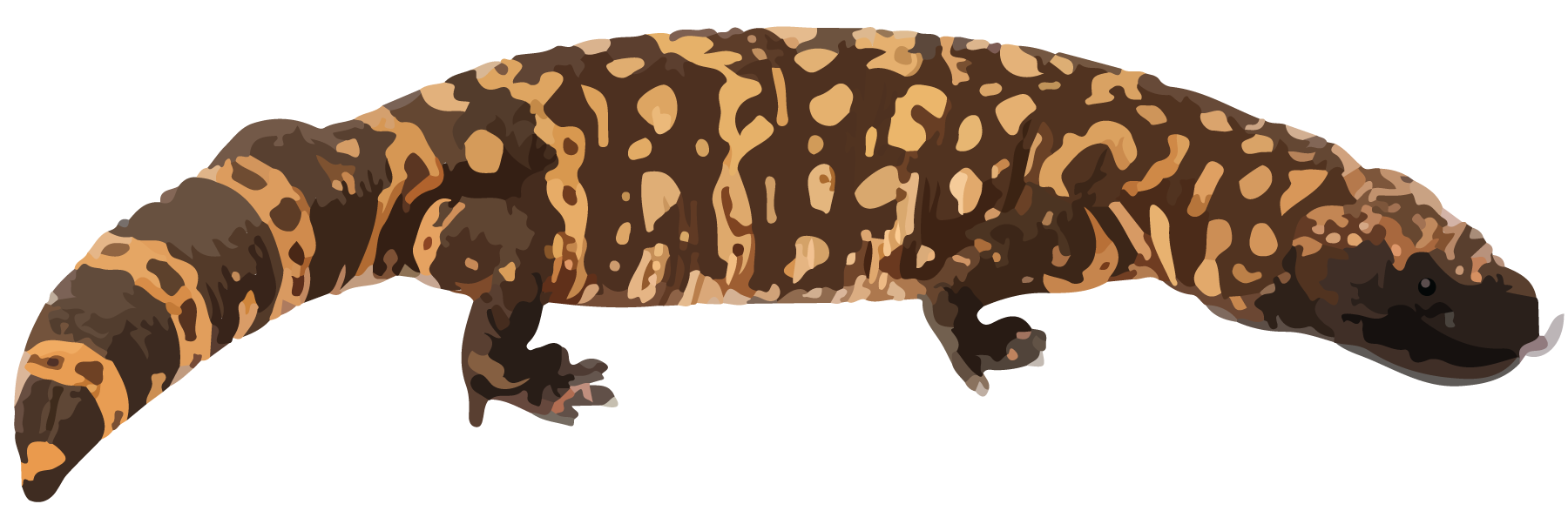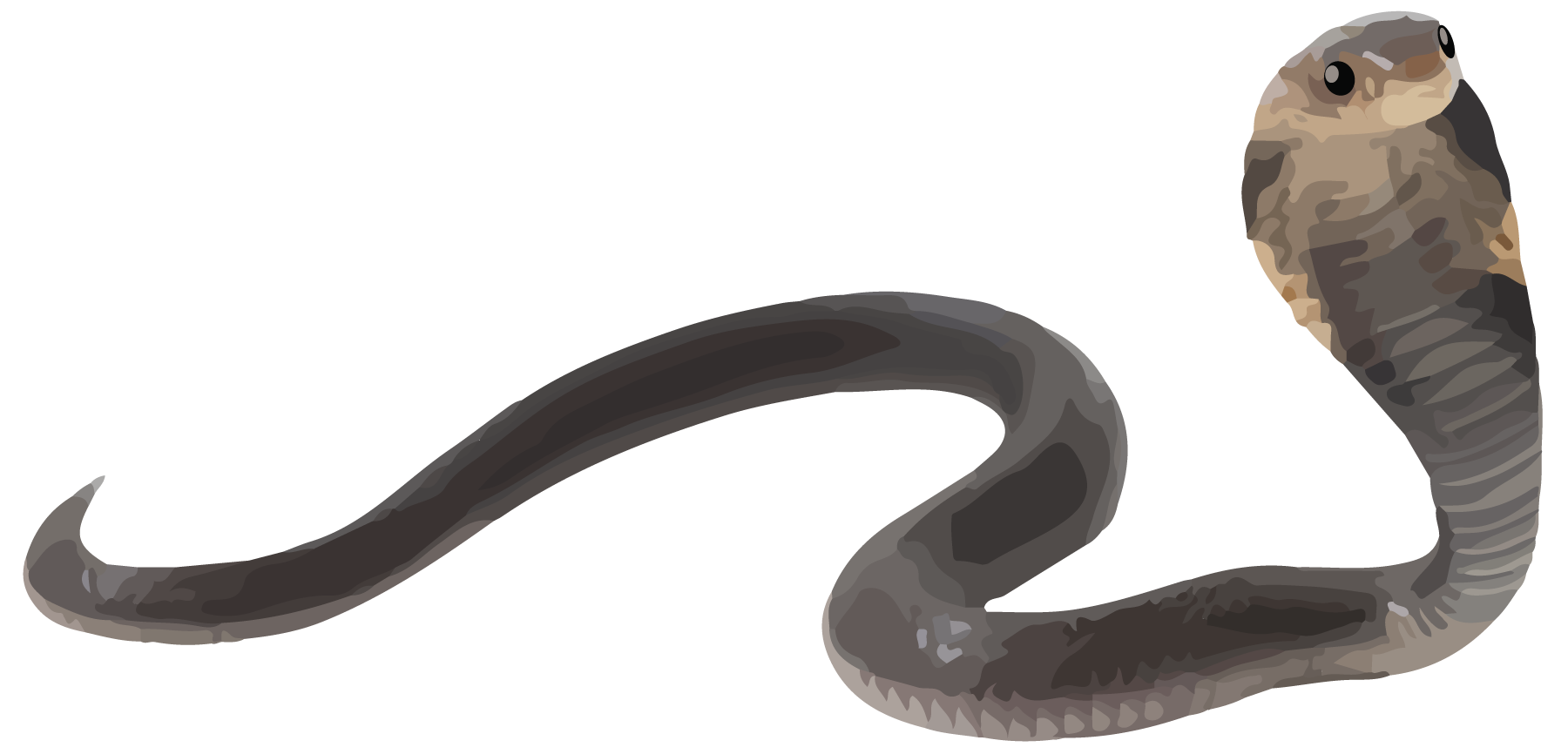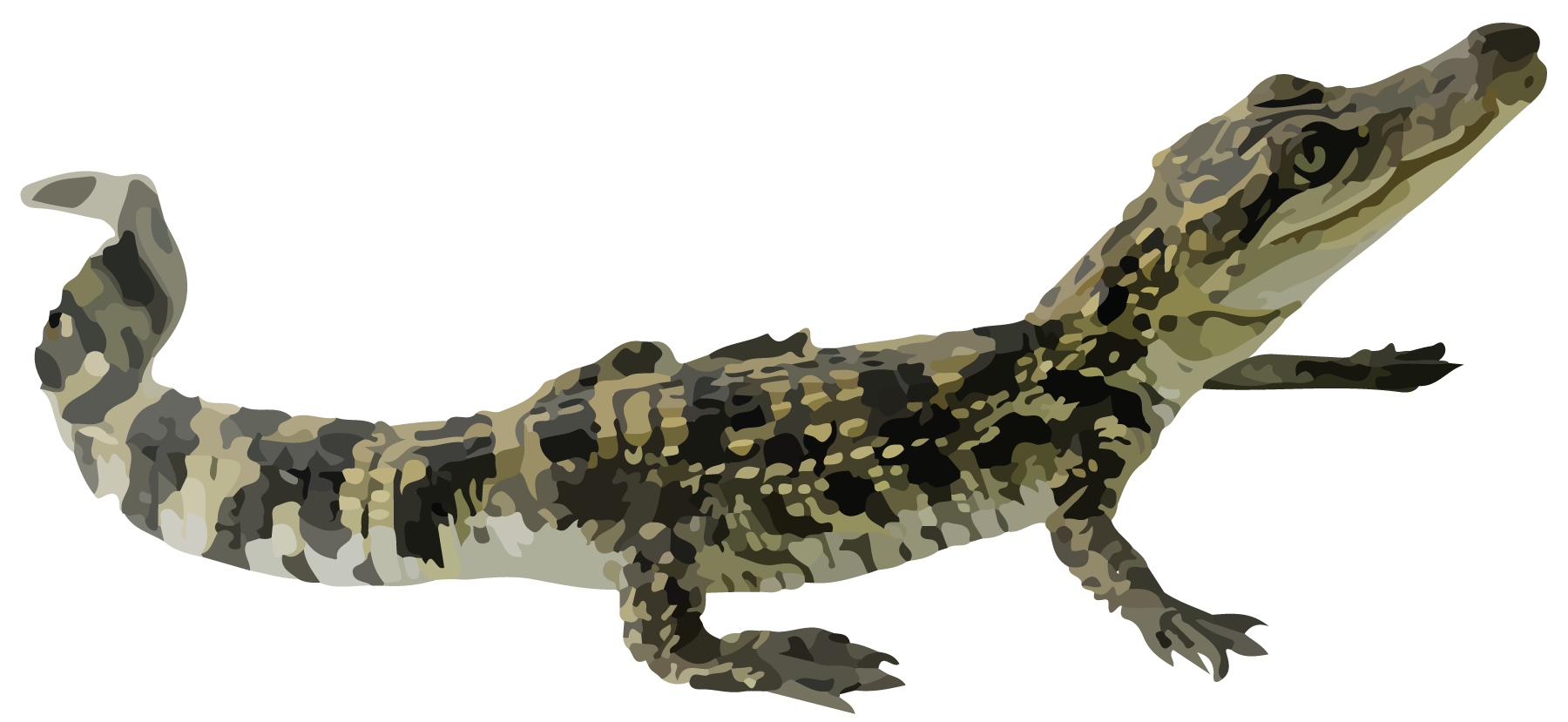Lesson 6
Compare Reptile Lengths in Story Problems
Warm-up: Number Talk: Fives and Tens (10 minutes)
Narrative
Launch
- Display one expression.
- “Give me a signal when you have an answer and can explain how you got it.”
- 1 minute: quiet think time
Activity
- Record answers and strategy.
- Keep expressions and work displayed.
- Repeat with each expression.
Student Facing
Find the value of each expression mentally.
- \(5 + 5\)
- \(15 + 5\)
- \(15 + 15\)
- \(15 + 25\)
Student Response
For access, consult one of our IM Certified Partners.
Activity Synthesis
- “How does \(15 + 5\) compare to \(5 + 5\)?” (It’s 10 more)
- “How does \(15 + 15\) compare to \(15 + 5\)?” (It’s 10 more)
- “How does \(15 + 25\) compare to \(15 + 15\)?” (I see \(10 + 20 = 30\) and the \(5 + 5\) is 10 more.)
- Highlight how to see the 10 more structure in these sums: the tens place of one number grows by one each time.
Activity 1: Whose Pet is Longer? (20 minutes)
Narrative
The purpose of this activity is for students to interpret and solve Compare problems involving length where the language suggests an incorrect operation. For example, the first problem uses the word “shorter” which usually suggests subtraction. However, in this problem students are looking for an unknown that is the greater length and must add the two known values.
The Three Reads routine is used to help student practice making sense of the problem before solving. Students begin the activity by looking at the first problem displayed, rather than in their books. At the end of the launch, students open their books and work to find the diagram that matches the story problem. This further helps them to visualize the quantities in the problem before they work to find a solution (MP1).
After reading the other story problems, students consider which pet is longer or shorter and choose tape diagrams to match the lengths in the problem (MP2). Students solve each story problem independently and compare their solutions.
This activity uses MLR6 Three Reads. Advances: Reading, Listening, Representing
Supports accessibility for: Organization, Attention
Required Materials
Materials to Gather
Launch
- Groups of 2
- Give students access to base-ten blocks.
- “Lin and Jada both have pet lizards. They are comparing the lengths of their pets.”
- Display only the problem stem for the first problem, without revealing the question.
- “We are going to read this problem 3 times.”
- 1st Read: “Lin's pet lizard is 62 cm long. It is 19 cm shorter than Jada's.”
- “What is this story about?”
- 1 minute: partner discussion.
- Listen for and clarify any questions about the context.
- 2nd Read: “Lin's pet lizard is 62 cm long. It is 19 cm shorter than Jada's.”
- “Which measurements are important to pay attention to in the story?” (the length of Lin’s lizard, the length of Jada’s lizard, the difference between the lengths of the two lizards).
- 30 seconds: quiet think time
- 2 minutes: partner discussion
- Share and record responses.
- Reveal the question.
- 3rd Read: Read the entire problem, including the question aloud.
- “Lin's pet lizard is 62 cm long. It is 19 cm shorter than Jada's. How long is Jada's pet lizard?”
- “What are different ways we could represent this problem?” (tape diagram, equations, base ten blocks)
- 30 seconds: quiet think time
- 1–2 minutes: partner discussion
Activity
- “Read each story with your partner. Then circle the diagram that matches on your own.”
- “When you have both selected a match, compare your choices and explain why the diagram matches the story.”
- “Then solve on your own.”
- 10 minutes: partner work time
Student Facing
-
Lin's pet lizard is 62 cm long. It is 19 cm shorter than Jada's. How long is Jada's pet lizard?
- Whose pet is longer? ________________________________
- Circle the diagram that matches the story.
-
Solve. Show your thinking.
Jada’s pet lizard is ____________ cm long.
-
Diego and Mai have pet snakes. Mai’s snake is 17 cm longer than Diego’s. Mai’s snake is 71 cm. How long is Diego’s pet snake?
- Whose pet is shorter? ________________________________
- Circle the diagram that matches the story.
-
Solve. Show your thinking.
Diego’s pet snake is ____________ cm long.
Student Response
For access, consult one of our IM Certified Partners.
Activity Synthesis
- Invite students to share the correct diagram for the second problem.
- Display the diagram.
- Consider asking:
- “How does the diagram match the story problem?” (You can see that Mai’s rectangle is longer and there is a question mark for Diego’s pet.)
- “How did you know which pet was shorter?” (It said that Mai’s snake was 17 cm longer, so Diego’s is shorter.)
Activity 2: Guess My Reptiles (15 minutes)
Narrative
The purpose of this activity is for students to make sense of and solve Compare story problems involving length. Students use measurements provided for reptiles and create their own Compare problems to solve with a partner. Students must solve a Compare, Difference Unknown problem when creating their mystery problem. When they solve their partner's mystery problem, they must solve a Compare, Bigger Unknown or Compare, Smaller Unknown problem. Encourage students to use diagrams or other drawings to show how they know which reptiles their partner picked. Some students may choose to use equations to represent the lengths.
Advances: Speaking, Conversing
Required Materials
Materials to Gather
Launch
- Groups of 2
- Give students access to base-ten blocks.
- Assign students as Partner A and Partner B.
Activity
- “We are going to play a guessing game. You will choose one reptile from your list and one reptile from your partner’s list. Keep both reptiles a secret.”
- “Work independently to pick your reptiles and complete the sentences.”
- As needed, demonstrate as if you were Partner A with the class.
- 4 minutes: independent work time
- “Now, share your sentences with your partner. Then find which reptiles they picked. Draw a diagram or use equations to prove you are correct.”
- 6 minutes: partner work time
- Monitor for students who use tape diagrams to represent their partner’s reptiles.
Student Facing
Partner A's reptiles
Partner B's reptiles
1. day gecko, 28 cm

1. ribbon snake, 83 cm

2. komodo dragon, 98 cm

2. gila monster, 55 cm

3. baby cobra, 46 cm

3. baby alligator, 71 cm

4. iguana, 65 cm

4. ringneck snake, 38 cm

- Choose one reptile from your list and one reptile from your partner’s list.
-
Fill in the blanks to create a story problem using the lengths of the reptiles you picked. Then share your sentences with your partner.
My reptile is ____________ cm long.
It is ____________ cm ________________________________(shorter/longer) than one of your reptiles.
- Which reptiles did your partner pick? Show your thinking.
Student Response
For access, consult one of our IM Certified Partners.
Advancing Student Thinking
If students find the correct difference between the reptiles they pick, but create a word problem that cannot be solved, consider asking:
- “How could you draw a diagram to represent the reptiles you picked?”
- “Does your diagram match the story problem you created? Why or why not?”
- “What word or numbers could you change to match the reptiles you chose?”
Activity Synthesis
- Invite previously identified students to share how they determined their partner’s reptiles.
- Consider asking:
- “Which reptile was shorter? How does your diagram show this?”
- “Did you add or subtract to find the other reptile? How did your diagram help you?”
Lesson Synthesis
Lesson Synthesis
“Today, you solved story problems by comparing lengths. You used diagrams to help you think about which reptile was longer or shorter and to help you think about finding the difference.”
“How did the diagram help you think about which animal was longer?” (Once you label the rectangles, you can tell which one is longer because it had the longer rectangle.)
“How did the diagram help you decide if you would add or subtract?” (After seeing which animal had the longer rectangle, it was easy to see which length was longer. I could see if I needed to add to find the longer length or subtract to find the difference or the shorter length.)
Cool-down: Kiran and Han Compare Pets (5 minutes)
Cool-Down
For access, consult one of our IM Certified Partners.
Student Section Summary
Student Facing
In this section, we measured the length of objects using different length units. We learned that the centimeter is a standard length unit and we measured lengths in centimeters using base-ten blocks, rulers, and meter sticks. We learned that rulers represent length units using tick marks to show a length from zero.



We also learned that a meter is a length unit in the metric system that is longer than a centimeter. When measuring longer lengths, it is easier to use a meter stick. A meter has the same length as 100 centimeters.



